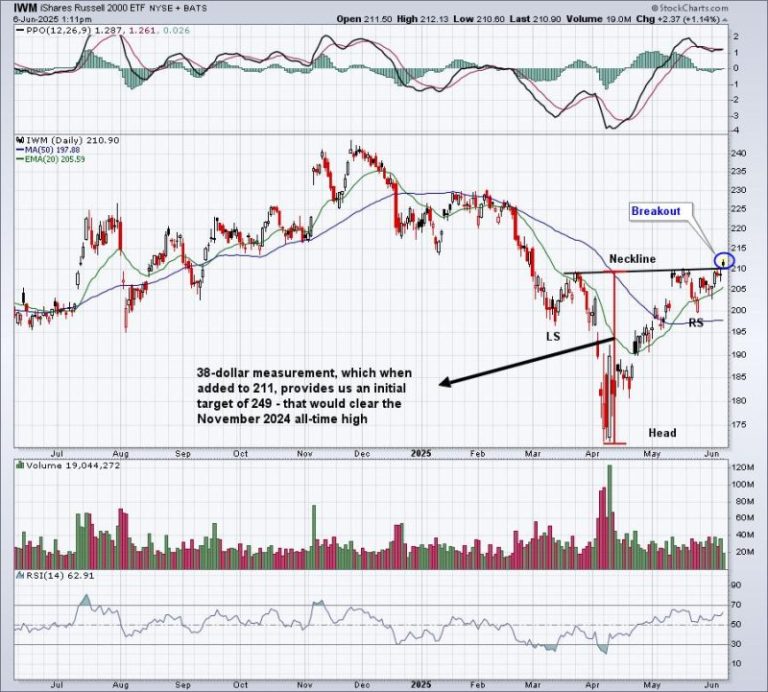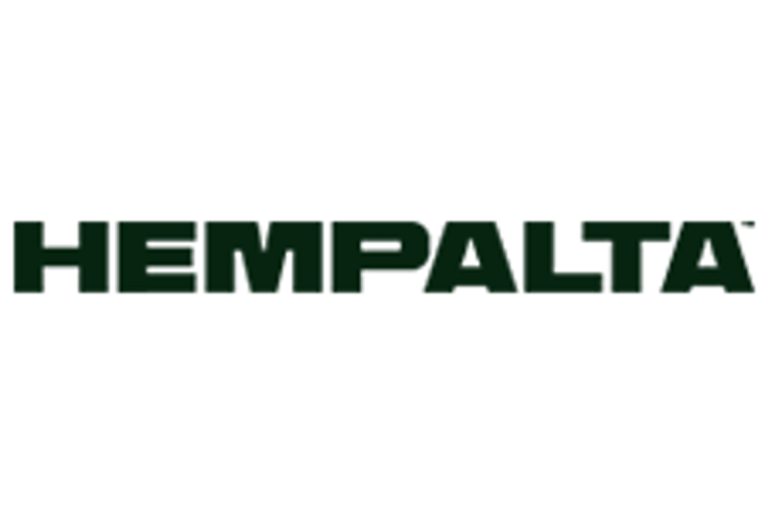The Israeli military says it has killed the leader of a Palestinian militant group that took part in the October 7, 2023, terror attacks on southern Israel.
Asaad Abu Sharia, who led the Palestinian Mujahideen Movement and its armed wing the Mujahideen Brigades, was killed in a joint operation with Israel’s Shin Bet security agency, the Israel Defense Forces (IDF) said on Saturday.
His death and that of his brother Ahmed Abu Sharia were confirmed by the militant group hours after Gaza’s Civil Defense reported that an Israeli airstrike had hit their family home in the Sabra area of Gaza City.
Hamas run Al-Aqsa TV said the strike killed at least 15 people and injured several. Video showed people searching through the debris of a demolished four-story house.
The Mujahideen Brigades took part in the October 7 attacks alongside Hamas and other Palestinian terror groups and took hostage some of the most high-profile captives, including a family whose suffering became a symbol of the attack.
According to the Israeli military, Sharia was among the militant leaders who stormed Kibbutz Nir Oz, a small Israeli community near the Gaza border where many residents were killed or taken hostage during the brutal terror assault that led to Israel’s war in Gaza.
Despite not being aware of Hamas’ plans in advance, fighters from the jihadist group joined in the cross-border assault “as an extension of the Hamas attack,” the Israeli military said.
According to Israel, Sharia was directly involved in the abduction and murders of Shiri, Ariel and Kfir Bibas – a family that became one of the most recognizable victims of the attack, partly because of the young ages of Kfir and Ariel, who were nine months and four years old respectively at the time.
Kfir was the youngest hostage kidnapped into Gaza and the youngest to have been killed. The boys’ mother, Shiri, was 32 at the time of her kidnap. Their father Yarden was also captured, but was released alive in February after 484 days in captivity.
Reacting to news of Sharia’s killing, the Bibas family expressed their “heartfelt gratitude” to the Israeli military, saying his death was “another step on the journey towards closure.”
“While Shiri, Ariel, and Kfir cannot be brought back, we find some measure of comfort knowing these despicable murderers will not harm another family,” the Bibas family said in a statement shared via the Hostages and Missing Families Forum.
Israel’s military said Sharia was also involved in the abduction of the Israeli-American couple Gad Haggai and Judi Lynn Weinstein Haggai and the abduction and killing of Thai national Nattapong Pinta.
The Israeli-American couple were killed near their home in Kibbutz Nir Oz during the attack in 2023. The body of Nattapong, an agricultural worker who was abducted alive on October 7, was recovered from southern Gaza in a military operation on Friday.
Israel said it believes the Mujahideen Brigades are still holding the body of an additional foreign national. The group has previously denied killing their captives.










